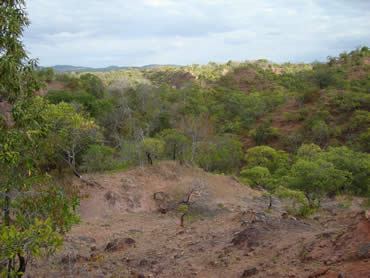Rukwa Rift Basin Today
Our research documents biological diversity at different points in the distant past, and explores how plants and animals respond to environmental changes. Understanding how changing habitats affected life in the past can also provide us with important clues that help explain how animals and plants interact with their changing environment in modern times, and to understand the potential impact of climate change in the years to come.Today, as in the past, the Rukwa Rift Basin contains a number of different environments, each with its own characteristic animals and plants. From the shores of Lake Tanganyika, across the flats of the Ufipa Plateau, to the remote peaks of the Rungwe volcanoes, the Rukwa Rift Basin encompasses different habitat types, with new species still being discovered, ranging from a wealth of amphibians, to the threatened highland mangabey to an incredible giant sengi.
Continued research in this and other parts of Tanzania will no doubt yield additional information about plants and animals throughout the region. These efforts are particularly important for documenting the effects of today’s rapid pace of habitat change, in connection with placing Tanzanian biodiversity within a larger, global context. Focused attention on the region is necessary to overcome biodiversity loss and develop strategies to preserve biotic resources for future generations.

